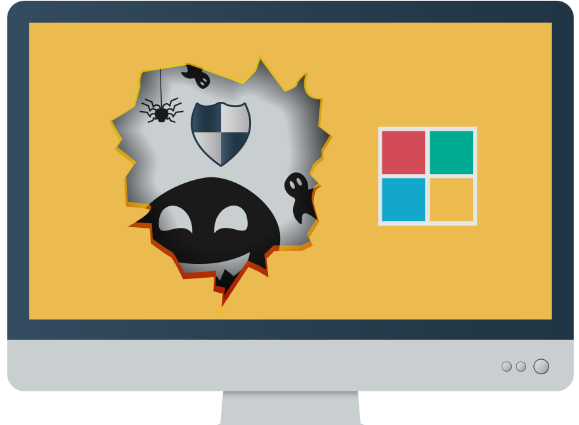Keylogger sind Malware der alten Schule. Lesen Sie, wie die Tools zur Tastaturüberwachung funktionieren und warum sie nicht nur etwas für Cyberkriminelle sind. IM_photo | […]
NCSC Issues Warning as UK Sees Four Cyber Attacks a Week
British organisations are facing an unprecedented cyber security crisis as the National Cyber Security Centre reveals a dramatic surge in attacks threatening the nation’s digital […]
October 2025 Patch Tuesday: Holes in Windows Server Update Service and an ancient modem driver
Microsoft’s October Patch Tuesday releases will fix 167 vulnerabilities, the highest number this year, including seven rated as critical that need immediate attention from CISOs. […]
Patch Tuesday, October 2025 ‘End of 10’ Edition
Microsoft today released software updates to plug a whopping 172 security holes in its Windows operating systems, including at least two vulnerabilities that are already […]
Microsoft Drops Terrifyingly Large October Patch Update
October 2025’s enormous Patch Tuesday offers plenty of nightmares for admins, including actively exploited zero-days and insidious high-severity privilege-escalation bugs — and it spells curtains […]
China’s Flax Typhoon Turns Geo-Mapping Server into a Backdoor
Chinese APT threat actors compromised an organization’s ArcGIS server, modifying the widely used geospatial mapping software for stealth access. The original article found on darkreading […]
Pixnapping Attack Lets Attackers Steal 2FA on Android
The proof-of-concept exploit allows an attacker to steal sensitive data from Gmail, Google Accounts, Google Authenticator, Google Maps, Signal, and Venmo. The original article found […]
Scattered Lapsus$ Hunters extortion site goes dark: What’s next?
Is this really the end of the road for the notorious Scattered Lapsus$ Hunters ransomware alliance? Last week, the extortion supergroup had its dark web […]
Microsoft Patch Tuesday October 2025 – 172 Vulnerabilities Fixed Along with 4 Zero-days
In its October 2025 Patch Tuesday release, Microsoft addressed a staggering 172 security vulnerabilities across its vast ecosystem, with four zero-day flaws stealing the spotlight, […]
Chinese Hackers Exploit ArcGIS Server as Backdoor for Over a Year
Threat actors with ties to China have been attributed to a novel campaign that compromised an ArcGIS system and turned it into a backdoor for […]








